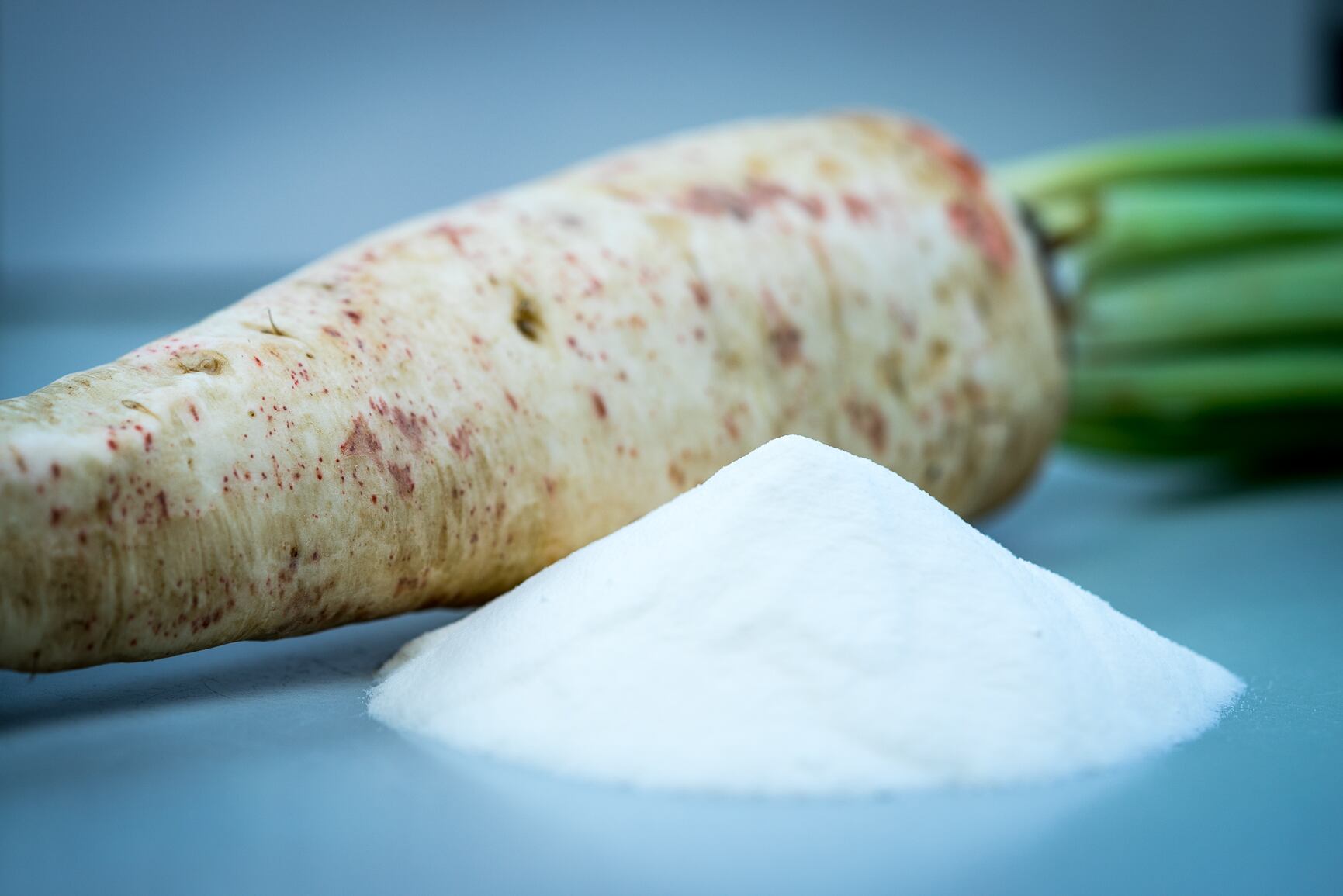The recent collaboration between BENEO-Institute and researchers at the University of Reading revealed significant increases in bacterial populations within the microbiome following intakes of BENEO’s Orafti Inulin contained within baked, semi-solid and liquid food formats.
The researchers emphasise: “From these results, we can confirm that irrespective of the food matrix, the selectivity of inulin-type fructans towards Bifidobacterium is unaffected, yet the compositional make-up of the food matrix may have implications regarding wider changes in the microbiota.”
Prebiotic efficacy
The importance of encouraging the growth of various beneficial bacterial species within the gut has been established, with studies highlighting the extensive benefits to health whilst reducing potentially pathogenic bacterial species.
Yet, there has been significant debate in recent years over the impact of the food matrix on the prebiotic efficacy of inulin-type fructans contained within food products, following the knowledge that bioavailability and efficacies of various nutrients and ingredients can be affected.
Therefore, certain benefits cannot be reliably claimed by producers due to the potentially altered function depending on the application or matrix it is used within.
Following this, the researchers sought to establish the efficacy of inulin-type fructans in different food applications and the subsequent effects on Bifidobacterium species.
Study specifics
The prospective randomised control trial involved the recruitment of 96 participants, split equally into four groups receiving different foods to reflect a range of matrices. The first group received pure inulin, whilst the remaining groups were administered the ingredient within foods including shortbread, milk chocolate, or a rice drink to reflect baked, semi-solid and liquid formats.
All groups consumed a total of 10g of chicory root fibre (BENEO’s Orafti Inulin) per day, with 5g in the morning and 5g in the evening, and stool samples were taken at the beginning and at the end of the ten-day intervention.
Following the analysis of each groups’ results using fluorescence in situ hybridisation and 16S rRNA sequencing, it was observed that in all interventions the bacterial enumeration demonstrated a significant increase in Bifidobacterium on day ten, by an average of 92%.
Fluorescence in situ hybridisation revealed significant increases following intakes of pure inulin by 0.63, shortbread by 0.59, milk chocolate by 0.65 and rice drink by 0.71 (log10 cells/g wet faeces).
16S rRNA sequencing microbiome data revealed increases following pure inulin by 1.21 ×109, shortbread by 1.47 ×109, milk chocolate by 8.59 ×108 and rice drink by 1.04 ×109 (cells/g wet faeces).
No significant differences were noted between the groups, suggesting that the prebiotic chicory root fibres were able to support the growth of Bifidobacteirum regardless of food application and matrix.
Significance
The results add to the scientific evidence backing the efficacy of chicory root fibres within differing food products, opening up new possibilities for their incorporation within innovations to achieve a range of health benefits.
Anke Sentko, vice president regulatory affairs and nutrition communication at BENEO commented: “Thanks to this study, product developers can ‘tick off’ one key question from their check list: does the functional ingredient deliver the desired benefit when used in the final application? And the answer for chicory root fibre enrichment clearly is ‘yes’.
“It has now been scientifically proven that the intended Bifidobacteria growth is independent from the food matrix that is used. These findings add to the large body of studies about the beneficial effects of chicory root fibres that already exist and are based on more than 25 years of scientific research on the proven prebiotics inulin and oligofructose,” she emphasised.
Source: Brill
https://doi.org/10.1163/18762891-20220120
"Effects of food matrix on the prebiotic efficacy of inulin-type fructans: a randomised trial"
P.P.J. Jackson, A. Wijeyesekera, S. Theis, J. Van Harsselaar, and R.A. Rastall

